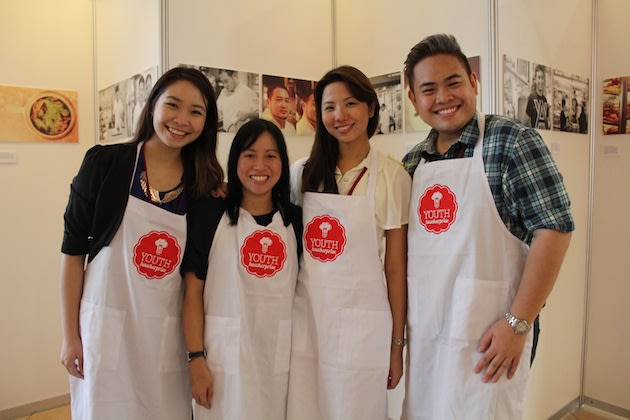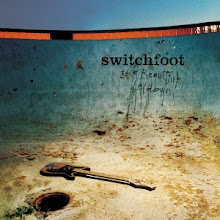One of the request by Punggol East residents is to have a Hawker Centre, a place where they can find cheaper meals fix. But is our Hawker food cheap? Or can this concept of Hawker food continue to the next decade?
Singapore is going to lose its local taste of hawker food as the older generation retires and the younger ones failed to take over the secret recipe. The most difficult part about being a Hawker is Hard Work! There must be passion in preserving the heritage of our Food trail, but sadly with higher education, many will long to be a professional than a sweaty hawker.
Singapore is a food paradise because of the wide variety of food we can find and fit all budgets at all times. A plate of chicken rice can cost from $2.50 to $18.50 premium, but each price stage will have its own unique taste.
Singaporeans will love to relive their memories of eating something from their past, remembering the taste. That is why so many are willing to hunt and search for the food the once loved.
If you feel passionate about preserving our hawker culture, then get involved!
Passion is a key aspect of our personal lives. Our heart attitude towards the Lord is revealed in how we serve Him. The apostle Paul ssiad that our service includes the way we go about our daily work. In Ephesians 6:6-7, we read that we are to approach our work, "not with eyeservices, as men- pleasers but as bond servants of Christ, doing the will of God from the heart with goodwill doing service as to God and not men."
Singapore to Set Up School for Street Food Hawkers
A new generation of Singapore hawkers will get training under a formal program that the government is keen to co-fund.
The Workforce Development Agency (WDA) has called for bids to set up a new hawker training center here, The Straits Times understands. If the proposals are feasible, it will shortlist candidates by July.
In a tender exercise that opened in March and closed earlier this month, WDA highlighted the need to “build a pipeline of skilled hawkers in anticipation of the 10 new hawker centers to be built within the next decade.”
Under the proposed scheme, WDA could subsidize the cost of setting up the school and course fees, and also help market the program to Singaporeans.
In return, the operator of the school is expected to set aside places for new and local entrants to the trade and help its graduates find and keep jobs within the food industry.
The WDA would not say how many bids were submitted but at least one social enterprise, Dignity Kitchen, has confirmed it has applied to be given the chance.
“Nobody is capturing the knowledge of hawkers now, and we should, because the hawker food here is something that is uniquely Singapore,” said Koh Seng Choon, executive director of Project Dignity, which helps disadvantaged people, as well as those with disabilities.
The scheme to provide a complete course — and certification — for hawkers is a first and will be a boost to a sector facing the twin onslaught of air-conditioned food courts dishing out food cooked in centralized kitchens and ageing hawkers who are closing shop.
Be a street food warrior, not a hawker
By 2022, 10 new hawker centers will be built, creating opportunities for new generation of street food professionals. This is timely as an entire generation of older hawkers from the baby-boomers era is set for retirement mode in this decade. In order to preserve this food culture that is uniquely Singapore, we need a new generation to helm this endearing food culture of ours.
Last week, four final-year undergraduates from Nanyang Technological University launched their final year project at Tiong Bahru Market, themed “Youth Hawkerprise.” They hope to ignite the entrepreneurial spirit in youths who are passionate about culinary arts, and encourage them to start their own businesses as young hawkerpreneurs. Their ambitious project has been getting a lot of attention and supported by names like our Prime Minister, Mr Lee Hsien Loong.
One of the students, Eunice Chew, further explains the motivation of this project: “Current hawkers are aging and no one is taking over, because of stereotyping. We want to change that misconception. We all grow up with it (hawker centers), it will be a pity if one day we wake up and there’s no more hawker centers.”
There are two parts to the campaign. The first – a photography exhibition where eight young hawkers were dressed and photographed as superheroes with food ingredients as theirs weapons, signifying their fight to preserve our food culture.
There is another series, called “Daybreak,” which tells a heartwarming story about their working lives at hawker centers. Some of the stories include the Indian Rojak seller, Abdhus Salam, 25, who has a degree in Electronic Engineering, but decided to help his parents out and to expand his father’s legacy. Brothers Cai Weili and Cai Weisheng, 28 and 25, who started cooking their own meals to keep a healthier diet and now own a ramen stall at Tanjong Pagar. And then there’s Jaan alumni, Kenneth Lin, 31, who wants to bring French bistro style food to the masses at Holland Drive.
The second part of the campaign involves a complimentary workshop to further inspire youths to start their own F&B business. Ms Elim Chew of 77th Street, Mr KF Seetoh of Makansutra and the eight young hawkerpreneurs will be present to share their experiences, expertise and industry knowledge. Mr KF Seetoh will also share what his common interest and commonality is with Makansutra’s upcoming World Street Food Congress.
Man does not live on bread alone... of course but with char kway teow, chicken rice, ba chor mee, wanton mee, kway chap, satay and many more!
Subscribe to:
Post Comments (Atom)





yes, reclaim, remake Singapore!! let as many taste buds variety bloom..
ReplyDeleteI feel that this may be a concern too. It's a valid point that baby boomers are growing old and their children rather be professionals, but are there any facts and figures to show that hawkers are actually dying out? (e.g. less hawker stores than in the past, closing down, actual stories...)
ReplyDelete